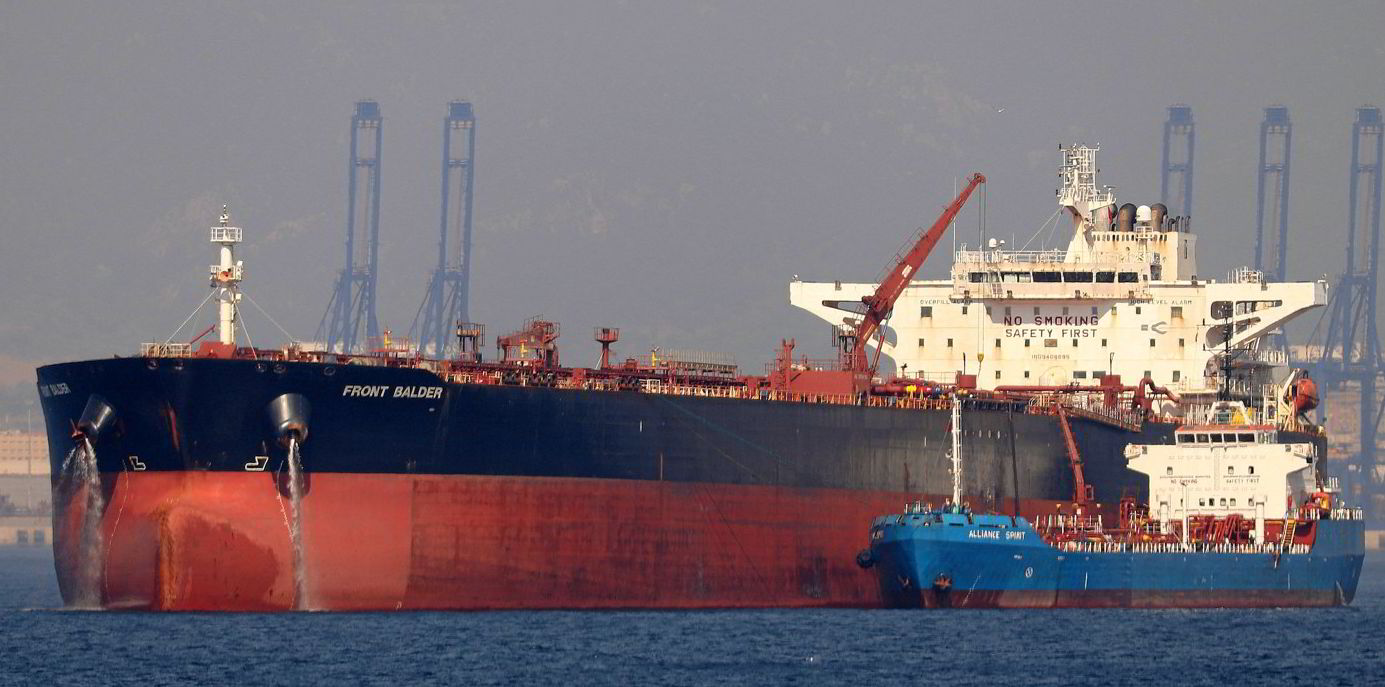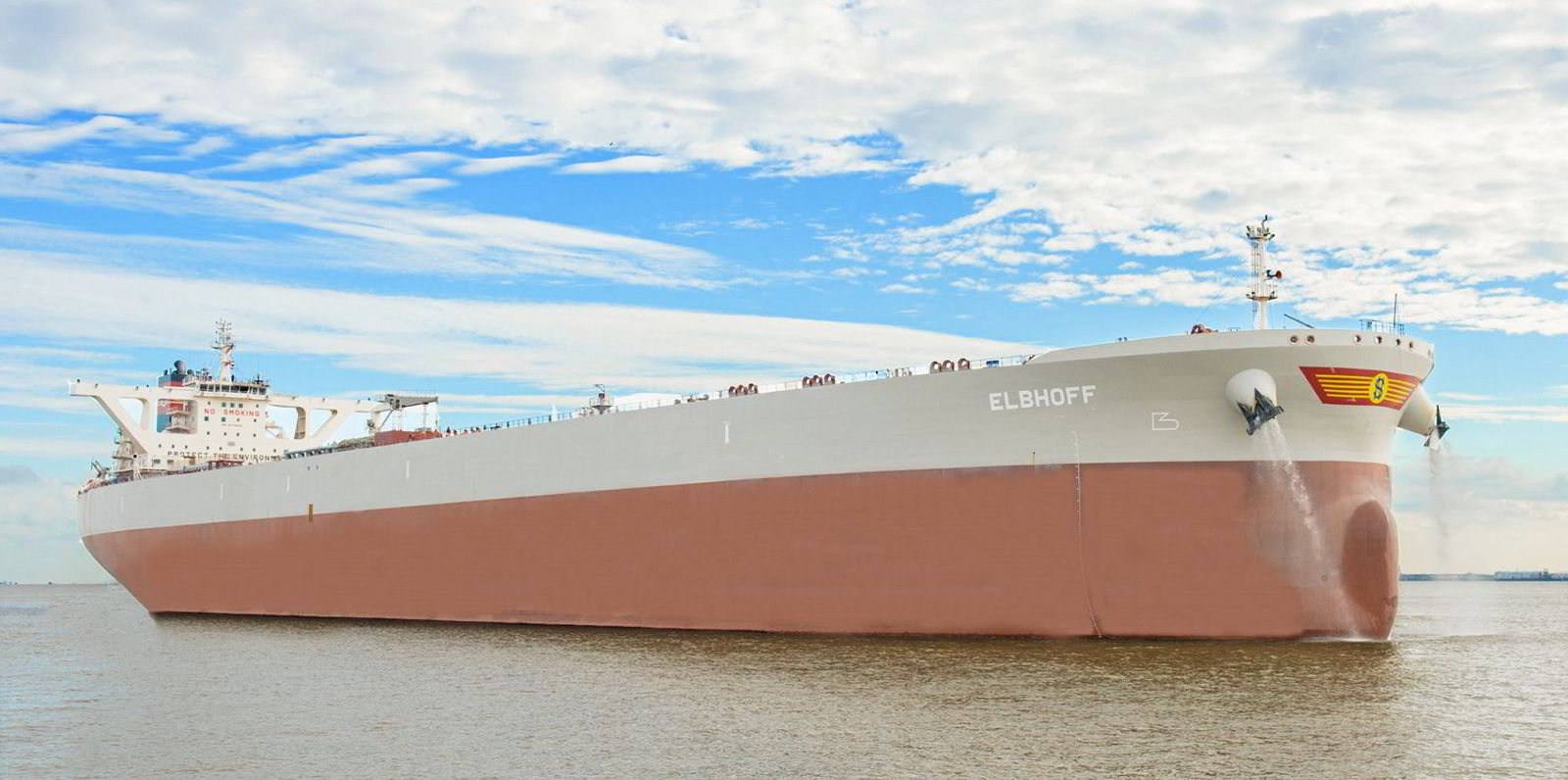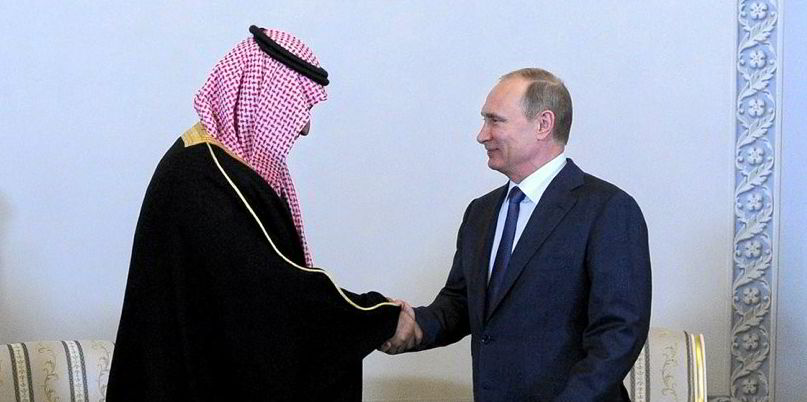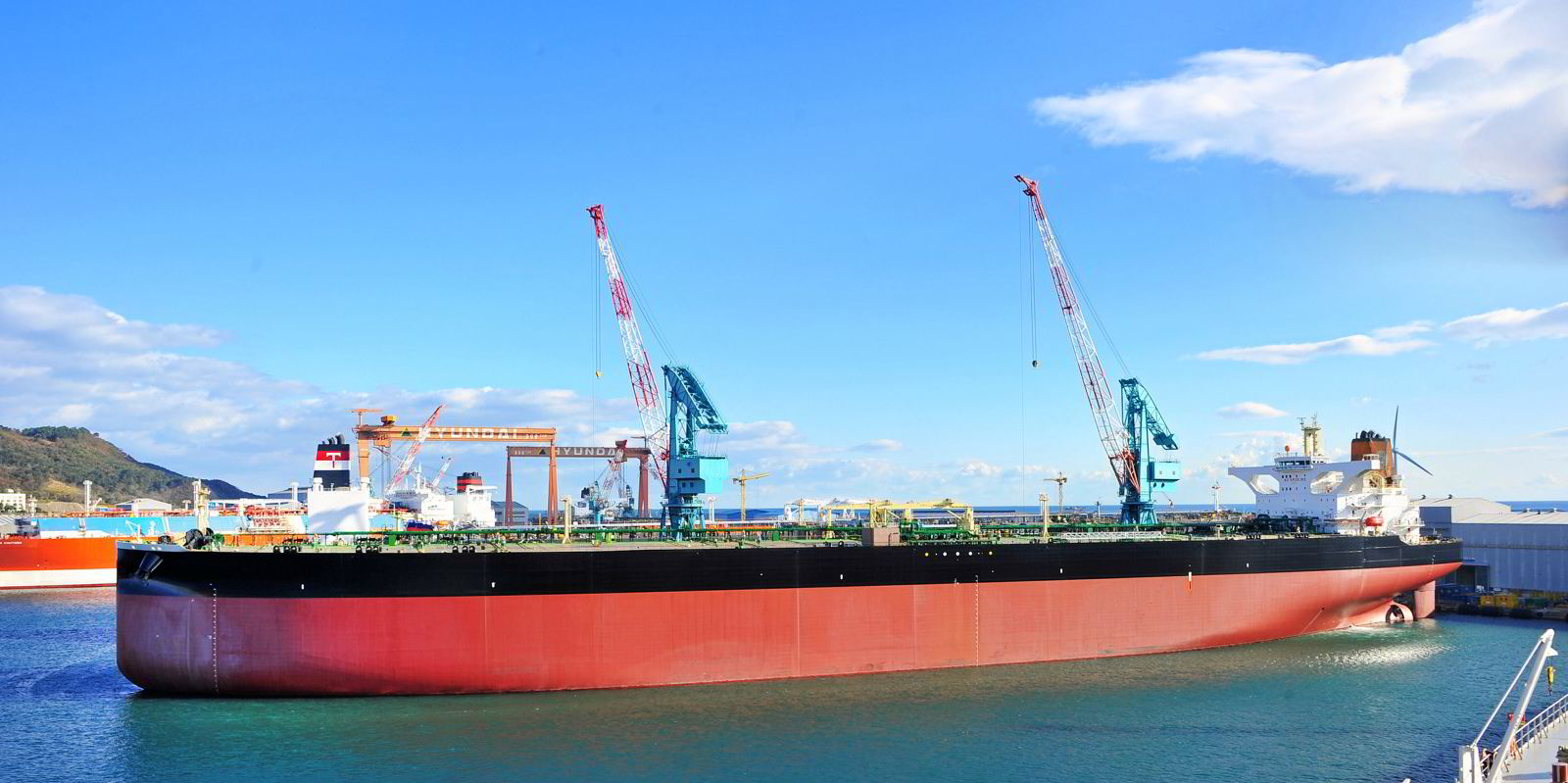The fortunes of VLCCs and their smaller peers have begun to diverge as weak European oil demand takes its toll.
Despite recent weakness following a surprise Saudi cut of crude output, spot VLCC earnings have stayed mostly above $10,000 per day since December.
In contrast, suezmax and aframax earnings have struggled to cover their operating expenses.
Analysts said the relative weakness of smaller tankers lies in the slow oil demand recovery in Europe, where some countries have imposed fresh lockdown measures to control the spread of coronavirus.
Asian demand should recover to 2019 levels this year, but “in the West we have to wait until 2022 at the earliest”, Bimco chief shipping analyst Peter Sand told TradeWinds.
“Asian demand is almost a pure-play VLCC market, so whatever demand you see in the market now, it benefits the large sector,” he added.
Gibson Shipbrokers research head Richard Matthews shared a similar view.
“In the markets where China is dominant, VLCCs have performed better in relative terms,” he said.
“Europe, which is mainly an aframax and suezmax market, has seen much weaker demand.”
Even though there are reports of new Covid-19 outbreaks in Japan and China, Asian countries in general have less domestic travel restriction than Europe.
The International Energy Agency has forecast that demand in Asia and Oceania will increase to 35.9m barrels per day (bpd) this year, up from 33.9m bpd in 2020, and exceeding the 2019 level of 35.8m bpd.
In contrast, European demand will grow by 1m bpd to 14.1m bpd this year.
“You got a very strong Asian pull at the moment, while in the Atlantic Basin nobody really wants the crude,” said brokerage BRS research head Andrew Wilson, adding that suezmaxes and aframaxes could struggle for a further six to eight months.
But Wilson is “very bullish” on US crude exports to China, of which the vast majority are on VLCCs.
With the US-China trade agreement, research firm Alphatanker expects US exports to China to periodically top 1m bpd this year, versus 450,000 bpd in 2019.
Wilson admitted that the strength of VLCCs will be capped by overall soft oil demand, as charterers will split cargoes onto suezmaxes and aframaxes whenever freight economics work.
But the owners of those smaller ships will be in a weaker position to take advantage of Asian demand if their vessels are already deployed in the west-of-Suez region.
“When you look at the returns, even though they would be better in [Asia] than in the West, they are not going to be anywhere stellar. They won’t really cover your ballast,” Wilson said.
“Unless you can get a cargo going your way, it wouldn’t make much sense.”
Others said suezmax and aframax owners can still look for pockets of demand from Indian imports from the Middle East and Russian exports to China.
Indian imports 'at all-time high'

With easing domestic travel restrictions, Banchero Costa estimated India's crude imports were 15.7% higher in December than a year earlier.
“The only country which increased its crude purchasing in December was India,” the brokerage said in a research note. “It was an all-time record high for the month of December.”
Meanwhile, Russia will be allowed to increase its crude production in February and March as part of the latest Opec+ agreement.
Seaborne exports from the world’s third-largest producer amounted to 3.82m bpd last month, compared with 4.53m bpd in December 2019, Kpler data showed.
Saudi Arabia reportedly let Russia increase output at the kingdom’s expense as a diplomatic goodwill gesture, so the Opec+ alliance can remain intact.
“It is no surprise that Russia would not be cutting [output] ... into the winter months, as cuts to operations of the country’s old mature wells and fields would create lasting damage to its production capacity,” Rystad Energy head of oil markets Bjornar Tonhaugen said.
Sand expects more Russian exports from the Black Sea to favour suezmaxes and from the Baltic Sea to favour aframaxes.
“Saudi barrels heading for China may be swapped for Russia barrels heading for China,” he added, noting that it would boost the tanker segments smaller than VLCCs.








